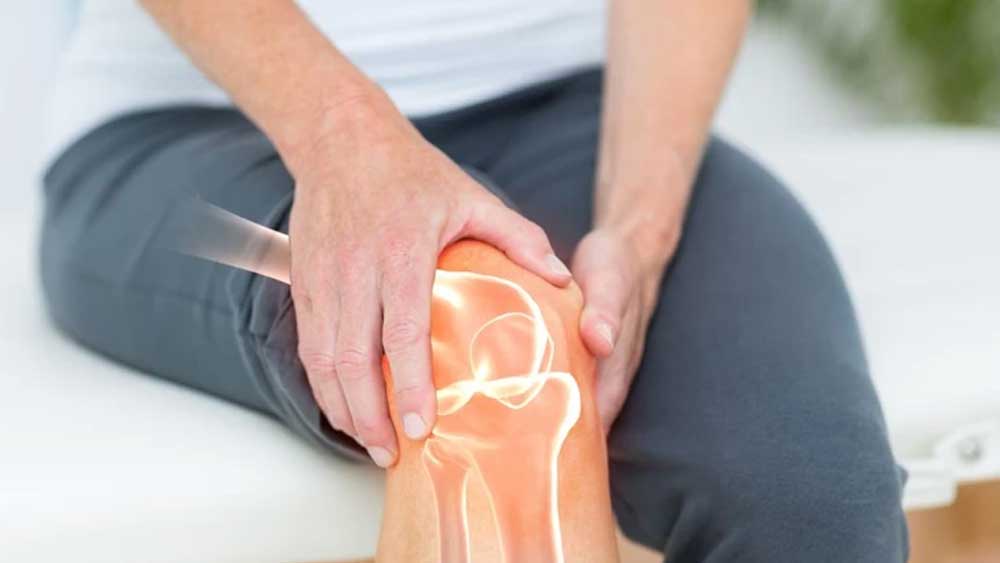When things get too much, we usually hear the advice to “take a burden off,” but when it comes to bone care, the reverse can be helpful. Japanese researchers have discovered several crucial mechanisms for how physical tension triggers bone growth.
In a study that was published in the journal “Cell Reports,” researchers from the National Cerebral and Cardiovascular Center Research Institute demonstrated how load influences the production of the peptide osteocrin (OSTN), which increases when stress is applied and reduces when it is decreased. Exercise loads build bones and skeletal muscles, avoiding bone and muscle atrophy. Maintaining bone and muscle strength is crucial for continuing to engage in physical activity.
Long bones like the femur and tibia grow through a very intricate process that is influenced by both genetics and environmental elements like exercise and gravity.
“Not much is known about how mechanical force initiates biochemical signals to control bone growth,” says lead author of the study Haruko Watanabe-Takano. “We investigated how load is related to the metabolic balance adjustment of bone maintenance.”
Osteoblasts, which form bone, and osteoclasts, which break it down, function in harmony to maintain bone, which is assumed to be created in response to load requirement. The group specifically looked at OSTN, an osteoblast-produced peptide, and its expression in mice. Both the control of bone development and athletic endurance depend on OSTN.
The area where the load was applied and in bones like the tibia, radius, and ulna were where the researchers discovered that OSTN was highly expressed.
Furthermore, they demonstrated that the periosteal osteoblasts in these bones secreted OSTN. The periosteum, a membrane that covers the outside of bones except where long bones connect, plays a role in bone creation and remodelling, particularly during growth.
“We also found that OSTN expression decreased when load was reduced, and was increased by load stimulation,” says Watanabe-Takano. “Moreover, when we genetically engineered mice lacking OSTN, we found that they had reduced bone mass compared with normal mice and lacked load-induced recovery of bone mass after prolonged load reduction. Thus, we concluded that OSTN makes bone in response to stimulation by load, promoting bone formation.”
The scientists discovered that OSTN raises levels of another peptide termed C natriuretic peptide, which in turn stimulates bone-forming osteoblasts to proliferate, mature, and develop into functional cells. Given that prolonged bed rest is known to limit bone production, the findings of this study will be helpful in promoting bone preservation in bedridden patients as well as in the prevention and management of frailty syndrome. Future studies will build on these results to discover further mechanisms, such as how periosteal cells detect load stimulation.





